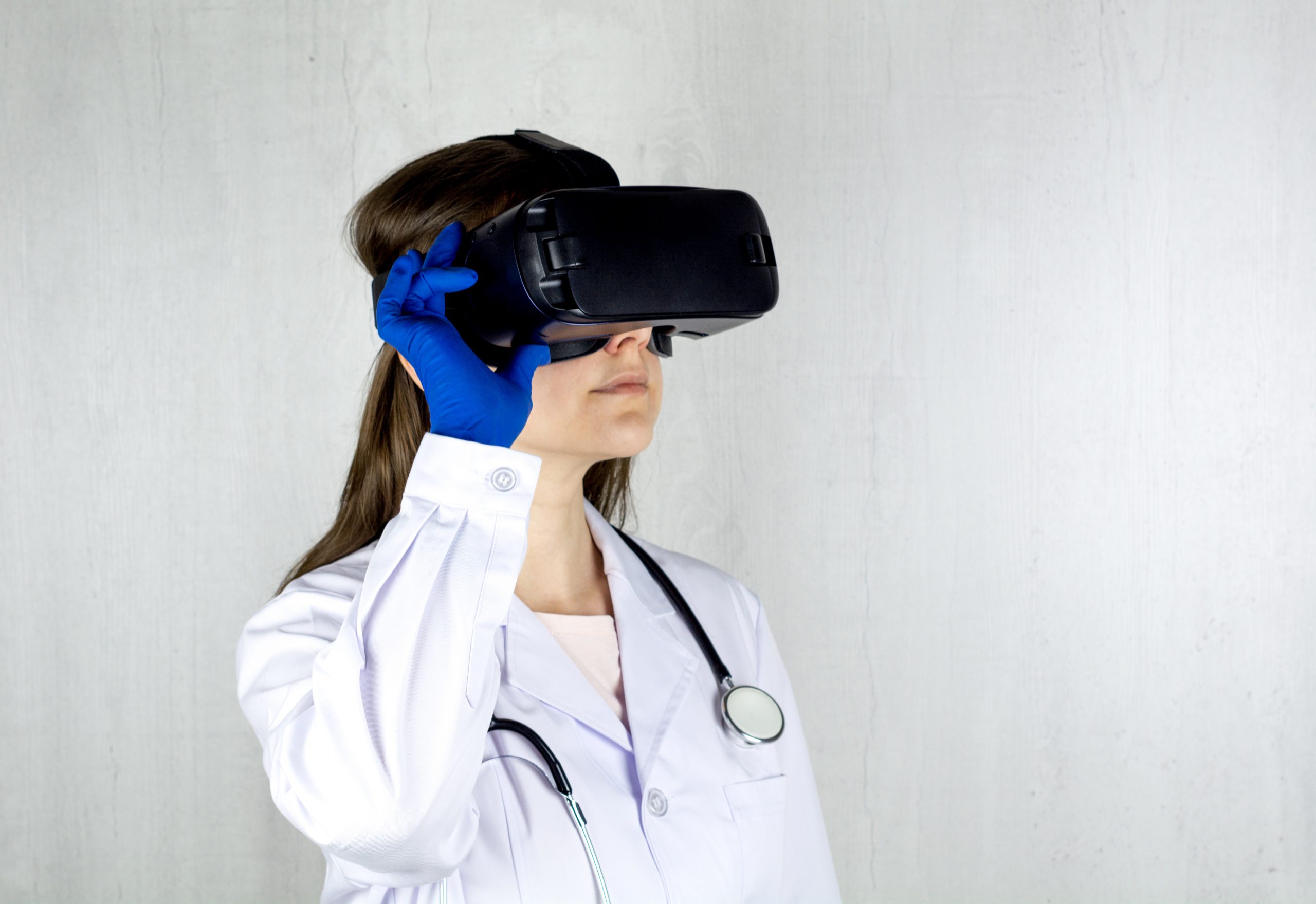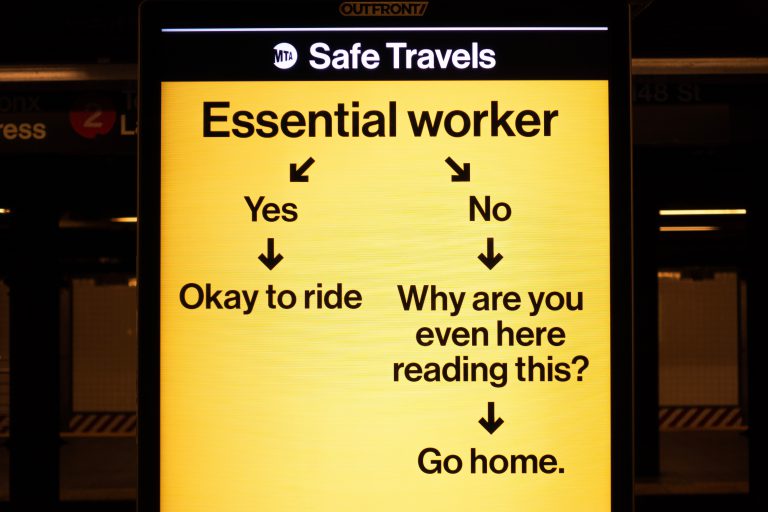The COVID-19 outbreak continues to affect several sectors of the economy, and while many businesses can finally open their doors for a fresh start as the year comes to an end, the healthcare industry still struggles to maintain the rapidly-spreading virus.
Social distancing practices are also still at an all-time high, but it’s virtually impossible to maintain in hospitals as they attend to a growing number of covid-related cases every day. There’s no doubt that attending your regular doctor’s visit is trickier than ever as going outputs your immune system at risk, but it has a serious repercussion on society’s mental health too.
With that in mind, the demand for telehealth is higher than ever as the medical industry strives to provide a virtual care experience to ensure people still have access to quality care despite the covid-associated barriers and geographical limitations today.
The Rise of Virtual Healthcare in Addressing the Psychological Impact of the Pandemic
A whopping 50 percent of American adults suffer from mental breakdowns, anxiety, depression, and a myriad of behavioral health issues. All the chaos caused by the coronavirus amplifies this challenge, but it’s nearly impossible to continue therapy in a world where national quarantines are still in place.
Not to mention, easing anxious-driven conditions has always been difficult for patients who live in remote areas and have no easy access to healthcare. That’s why only 43 percent receive the proper treatment for these issues, paving the need to integrate virtual health channels to break barriers in healthcare today. Here’s how it can make a difference:
Cater to More Patients Despite Professional Shortages in the Behavioral Healthcare Sector
More people are suffering from mental health conditions, but there is only a staggering 6,000 behavioral health providers in the USA today. This leaves a gaping hole in the industry as hospitals struggle to cater to the growing demand, but virtual technology can fill in the gap in more ways than one.
Without any physical or geographical barriers, behavioral healthcare providers have more time to cater to more patients. Video chat, for instance, allows for real-time interaction where both parties can discuss complex topics with increased privacy and little-to-no wait times.
By improving the efficiency of setting up virtual meetings with patients, people can have peace of mind knowing that they can instantly contact their doctor and stay on top of their behavioral health management.
The Bottom Line: Breaking Healthcare Barriers with Virtual Behavioral Healthcare
Distance has always been one of the biggest roadblocks that prevent people from receiving quality healthcare. Geographical limitations can be tricky to address, especially in a time of social distancing.
Why Read Healthcare News Sources with Us?
Keeping track of future projections and trends in the healthcare industry ensures you’re on top of your health – from updates on the latest technology to the growing demand for different payment methods.
Check out more medical blogs at Dose of Healthcare, where you can stay in the loop on the best information on health news today.
















